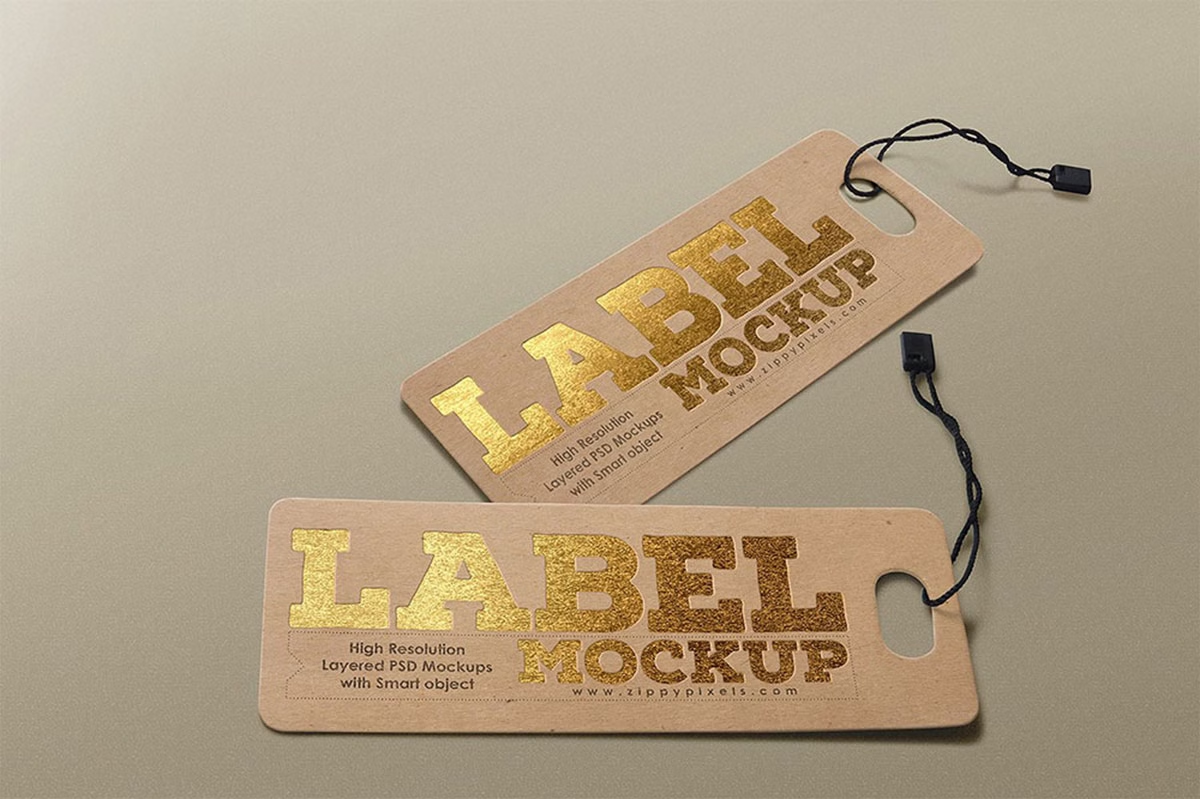A Comprehensive Guide to Navigating Erotic Literature

Introduction
The world of online erotic literature offers endless possibilities for exploration and enjoyment, with LiteroticaTags serving as an essential tool for readers to discover content that matches their specific interests. As one of the most robust tagging systems in adult fiction, LiteroticaTags helps users efficiently navigate through thousands of stories by categorizing them based on themes, scenarios, and content types. Whether you’re new to erotic literature or a seasoned reader looking to refine your search for perfect stories, understanding how to effectively use LiteroticaTags can dramatically enhance your reading experience. This guide will explore the tag system’s organization, most popular categories, advanced search techniques, and how authors can optimize their use of tags to reach their ideal audience. We’ll also answer frequently asked questions to help both readers and writers make the most of this powerful categorization system.
Understanding the LiteroticaTags System
1. The Structure and Organization of Tags
LiteroticaTags operates as a folksonomy—a user-generated classification system where both authors and readers contribute to categorizing content. Unlike rigid taxonomies, this flexible approach allows the tag ecosystem to evolve naturally as new themes and fetishes emerge within the community. The system includes several hierarchical levels, with broad category tags like “Romance” or “BDSM” containing more specific subtags such as “First Time” or “Femdom.” Each story typically carries between 5-15 tags that describe its primary themes, sexual acts, character types, and emotional tones. The platform’s algorithm also tracks tag relationships, suggesting related tags when users view a particular category. This organic structure creates a dynamic map of erotic preferences that reflects the diverse interests of Literotica’s global community while helping readers avoid content they might find unappealing or triggering.
2. Most Popular and Niche Tag Categories
Among the thousands of available tags, certain categories consistently rank as reader favorites based on view counts and story submissions. Mainstream tags like “Cheating,” “Lesbian,” and “Group Sex” maintain steady popularity, while more specialized tags like “Age Gap,” “Cuckold,” and “Transformation” cater to specific kinks. The “First Time” tag remains perennially popular for its wide appeal across various scenarios, from virginity loss to exploring new sexual orientations. Interestingly, non-sexual tags like “Plot Heavy” and “Slow Burn” have grown significantly as readers increasingly value well-developed narratives alongside erotic content. Seasonal tags see spikes in popularity—”Halloween” around October, “Christmas” in December—showing how readers enjoy thematic erotica tied to real-world events. The platform’s strength lies in balancing these mainstream interests with highly specific niche tags that allow exploration of even the most uncommon fantasies.
3. How Tags Enhance Content Discovery
LiteroticaTags transforms the overwhelming volume of available stories into a manageable and personalized reading experience. Readers can combine multiple tags to create precise searches—for example, pairing “Historical” with “Femdom” and “Victorian” to find very specific content. The “Surprise Me” feature uses tag preferences to suggest stories outside a reader’s usual patterns, encouraging exploration of new categories. Tag clouds visually represent popularity through font sizing, helping users identify trending themes at a glance. Perhaps most importantly, the system allows exclusion of unwanted tags, letting readers filter out content they find unappealing while still browsing broadly. This sophisticated discovery system has become so effective that many readers report discovering new interests through tag exploration they wouldn’t have considered otherwise, expanding their erotic horizons in safe, consensual ways.
For Readers: Mastering Tag Navigation
1. Advanced Search Techniques Using Tags
Seasoned Literotica readers develop sophisticated search strategies to pinpoint their ideal stories efficiently. Boolean-style searching allows combining tags with operators like “AND,” “OR,” and “NOT”—searching for “(BDSM AND Femdom) NOT MaleDom” yields precise results. The “Stories Tagged With” feature shows all works carrying a specific combination, while “Related Tags” suggests adjacent categories worth exploring. Many readers create mental maps of productive tag combinations—knowing that “Virgin” often pairs well with “First Time” and “Awkward,” for example. Sorting tagged results by popularity, date, or rating helps identify quality content quickly. Some dedicated users maintain personal spreadsheets tracking which tag combinations yield the highest percentage of enjoyable stories, refining their searches over time. These advanced techniques transform tag navigation from simple filtering into a powerful tool for curating personalized erotic libraries.
2. Creating and Managing Tag-Based Reading Lists
The Literotica platform allows users to save tag combinations as custom reading lists that update automatically as new matching stories publish. Readers might create lists for different moods—one for “Slow Burn Romance” nights, another for “Hardcore BDSM” sessions—with the system notifying them when new content appears in their preferred categories. Many users share their most productive tag combinations in forum discussions, creating crowdsourced recommendation systems. Some maintain “training” lists that gradually introduce them to new kinks through carefully sequenced tag progressions, starting with milder versions of a theme before exploring more intense variations. The most organized readers develop elaborate taxonomies of nested tags, bookmarking not just individual stories but entire thematic categories for future exploration. This systematic approach to tag-based organization helps readers navigate Literotica’s vast library without feeling overwhelmed by choice.
3. Discovering New Interests Through Tag Exploration
One of LiteroticaTags’ most valuable functions is its ability to facilitate safe, consensual exploration of new erotic interests. The “Tag Explorer” feature visually maps relationships between categories, showing how “Sensation Play” might connect to “Sensory Deprivation” and “Temperature Play.” Readers report discovering kinks they didn’t know they had by following these conceptual pathways. The platform’s non-judgmental tagging of even rare fetishes creates a low-pressure environment for curiosity. Many users start with broad tags like “Erotic Couples” before gradually narrowing to more specific interests like “Outdoor Sex” or “Roleplay.” The system’s anonymity allows guilt-free browsing of categories one might hesitate to explore in real life. Perhaps most importantly, well-tagged stories provide realistic, consent-focused representations of various kinks—serving as educational resources for readers considering exploring new sexual territory in their personal lives.
For Writers: Optimizing Tag Usage
1. Strategic Tag Selection for Maximum Visibility
Authors on Literotica face the challenge of selecting tags that accurately represent their stories while ensuring discoverability by the right readers. The most effective tag strategies balance specificity and breadth—using 2-3 broad category tags (“Romance,” “Erotica”) alongside more niche descriptors (“Older Woman Younger Man,” “Office Sex”). Experienced writers analyze similar stories’ tag patterns to identify productive combinations while avoiding overused tags that might bury their work in crowded categories. Temporal tags like “Christmas” or “Summer Fling” can provide seasonal visibility spikes when timed appropriately. Many authors create signature tag combinations that loyal readers recognize as markers of their particular style or kink focus. The platform’s algorithms also favor stories with thoughtful, varied tagging that matches reader search patterns, making strategic tag selection an important element of story promotion.

2. Avoiding Common Tagging Mistakes
New Literotica authors often undermine their stories’ potential through tagging errors that either limit visibility or mislead readers. Tag stuffing—using irrelevant popular tags to game the system—frequently backfires by attracting negative reviews from readers who feel deceived. Conversely, under-tagging leaves potentially interested readers unable to find the story through searches. Vague tags like “Sex” provide little value compared to specific descriptors like “Passionate Sex” or “Rough Sex.” Experienced writers recommend having beta readers suggest tags they’d expect to find on a story, catching discrepancies between author intent and reader perception. Another common mistake involves neglecting emotional tone tags—failing to mark a story as “Dark” or “Comedic” can lead to mismatched reader expectations. The most successful authors treat tagging as an integral part of their writing process rather than an afterthought.
3. Using Tags to Build Reader Relationships
Savvy Literotica authors leverage tags not just for discovery but for cultivating loyal readerships. Maintaining consistency in tag usage across stories helps readers identify an author’s particular niche or style. Some writers develop “tag signatures”—certain less common tags they use consistently that become associated with their brand of erotica. Authors can analyze which tags generate the most engagement for their work, then subtly emphasize those elements in future stories. Many successful writers engage with readers through tag-related discussions in forums, asking what combinations audiences would like to see more of. Some even run polls letting readers vote on tags for upcoming stories, creating anticipation and investment in new releases. This strategic approach transforms tags from mere metadata into powerful tools for audience development and community building.
Frequently Asked Questions About LiteroticaTags
1. How many tags can a story have on Literotica?
The platform allows up to 15 tags per story, with most successful authors using between 8-12 well-chosen tags that cover broad categories, specific kinks, emotional tones, and story settings.
2. Can readers suggest tags for stories?
While only authors can officially tag their stories, readers frequently suggest additional or alternative tags in story comments and forum discussions. Many authors appreciate and implement thoughtful tag suggestions from engaged readers.
3. How do I block certain tags from appearing in my searches?
Literotica’s search function includes a “Exclude These Tags” option where users can list tags they want filtered out from results. This feature is particularly valuable for avoiding content triggers or simply streamlining searches.
4. Why do some tags seem to have very similar stories?
Popular tag combinations often develop distinct subgenres with established tropes and conventions. Readers seeking variety should try combining their preferred tags with unexpected additional tags to discover more unique stories.
5. How often does Literotica add new tags to the system?
The platform regularly introduces new tags in response to emerging trends and community requests. Significant cultural events, new technologies, or evolving attitudes toward sexuality often prompt tag additions.
Conclusion
The LiteroticaTags system represents one of the most sophisticated and user-friendly classification approaches in adult literature, serving as both a practical navigation tool and a fascinating map of human sexual imagination. For readers, mastering tag usage unlocks personalized access to Literotica’s vast library while providing safe pathways to explore new interests. Authors benefit from precise categorization that connects their work with ideal audiences while developing recognizable creative identities. As erotic literature continues evolving alongside cultural attitudes toward sexuality, LiteroticaTags adapts organically—documenting emerging kinks, fading taboos, and the endless creativity of human desire. Whether you approach tags as a discovery tool, writing aid, or sociological study, they offer invaluable insights into the diverse landscape of erotic fiction. By understanding and utilizing this system effectively, both readers and writers can dramatically enhance their Literotica experience, finding exactly the right stories to satisfy their literary and sensual appetites.



